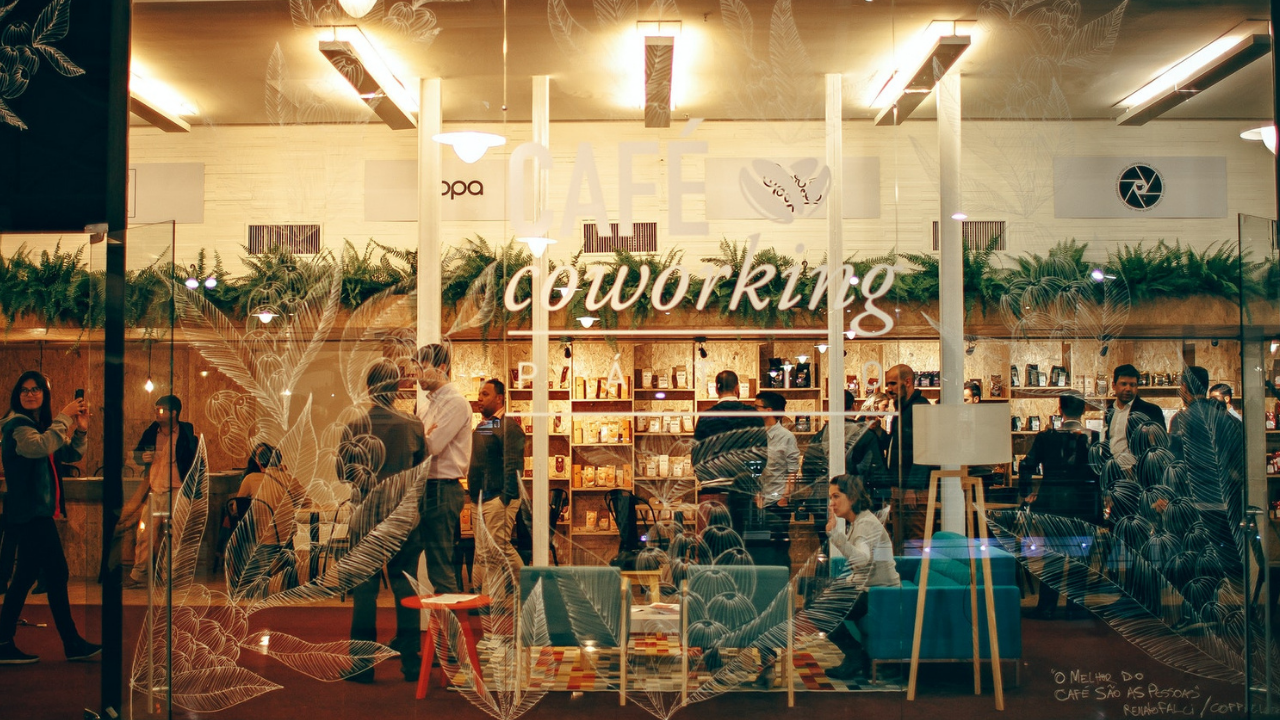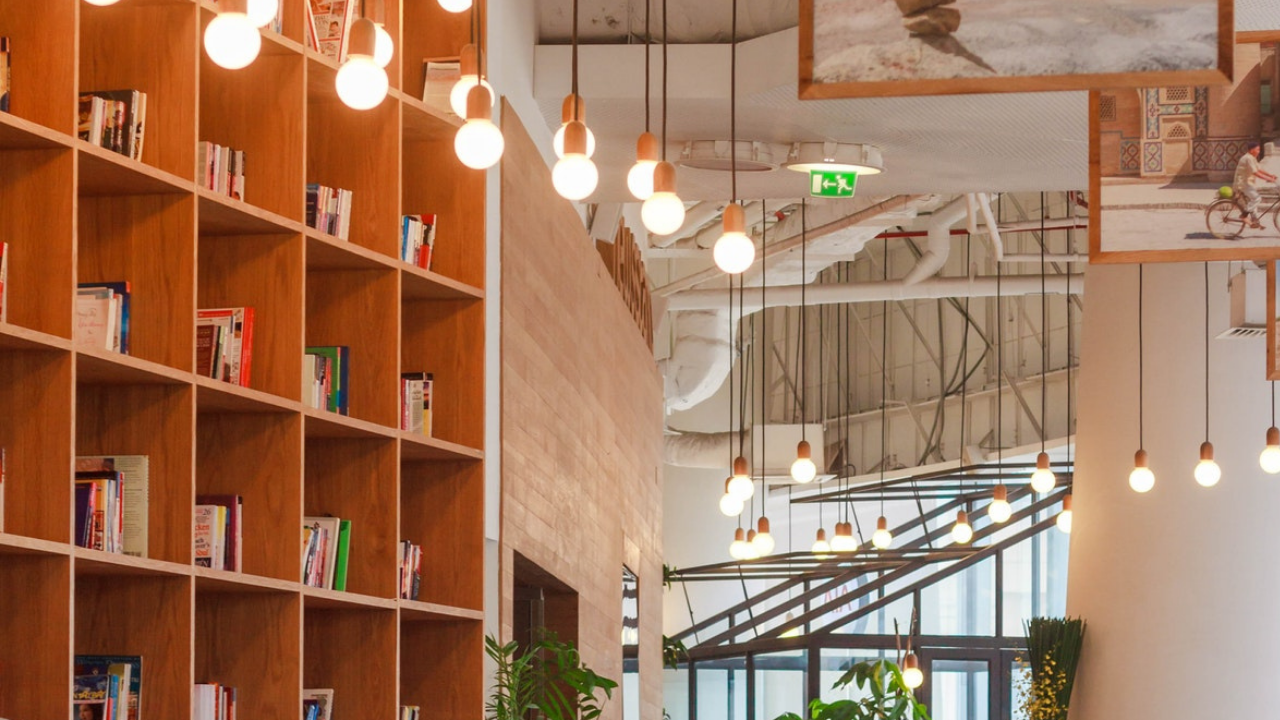Hand-selected flexible workspace news from the most reliable sources to keep you ahead of the pack. We find all the latest news, so you don’t have to. Morning and afternoon updates. Stay in the know.
- Maintaining The Security Of A Distributed Workforce
- How Wellness Impacts Remote Workers
- Adapting To The Evolving Future Of Work
- Colliers Predicts A Major Comeback For Flexible Offices
- Office Workers Want A Shorter Workweek
- The Role Of The Office Is Changing
Maintaining The Security Of A Distributed Workforce
A new report from Forrester Research has found that at least 70% of companies will allow their employees to work from home at least two days a week.
This means that these organizations will need to make significant changes to their cybersecurity model moving forward.
With 60% of companies shifting to a hybrid work arrangement, 10% focusing on fully virtual work and 30% working to come back to the office, it is clear that there will be an increased demand to improve cybersecurity frameworks.
“There are technology solutions out there that make it possible,” said JP Gownder, vice president and principal analyst at Forrester’s Future of Work practice. “From a cybersecurity perspective, if you are willing to upgrade to modern tools, if you adopt as much endpoint security as possible to manage devices and data, and if you are building a viable cloud infrastructure with modern design principles, you have a baseline for decent security.”
One of the most anticipated outcomes of the pandemic is the increased community of remote workers. Now that companies have built the infrastructure to support flexible working, it is clear that this will be an option for many professionals moving forward.
This means that these workers will need to be equipped with the tools and technology that can make operating with a distributed workforce safe, secure and effective.
For instance, having the right hardware, remote access services, collaborative tools and security will help remote employees maintain their productivity.

How Wellness Impacts Remote Workers
According to a new survey from remote employment company Virtual Vocations, flexibility is not the only reason that people are demanding remote work. It turns out, wellness and health are still some of the biggest priorities for both employees and employers.
Of the over 1,200 members who responded to the survey, 71.57% said they practice wellness on a regular basis. Even more, 91.57% of those who work remotely said they engage in at least one wellness activity compared to the 81% of onsite workers.
“It is no secret that 2020 has been an unpredictable year,” said Laura Spawn, CEO of Virtual Vocations. “Amid widespread concerns for public and personal health in communities, at workplaces, and within homes, we wanted to learn more about what wellness while working remotely looks like.”
Additionally, the survey revealed that 94% of workers said their personal relationships have improved and 28% said they saw a boost in productivity over the last six months.
The findings of the 2020 Remote Work Wellness Survey also found that the balance between professional and personal life impacts remote workers, particularly in how they view their own career.

Adapting To The Evolving Future Of Work
Remote and flexible working are no longer seen as temporary solutions to the pandemic — they are now a necessity for the workforce.
Now, leaders who were critics of working remotely can no longer make the argument that this arrangement is not sustainable as we approach the nine month mark. While some aspects of working will have to stay the same, much of it will be transformed.
One of the biggest impacts the pandemic will have on the workforce is the overall acceptance of flexibility. Because of this, companies will be able to expand their talent pool more than ever before.
Adopting more flexibility will also help improve diversity and inclusion in the workplace. For instance, highly qualified people who cannot afford to live in large cities can now have equal opportunity for good paying positions.
However, this does not mean that all workers will permanently work from home. On the contrary, humans need face-to-face interactions to thrive. While it is unlikely we’ll be sitting at a desk for 40 hours a week each week, the office will still play a role in keeping workers connected with their colleagues.
As companies make this transition, leaders will need to keep in mind the importance of the employee experience over traditional processes.
Additionally, organizations need to open to adapting and changing. What works today may not work tomorrow, so staying agile will be essential to being part of the future of work.

Colliers Predicts A Major Comeback For Flexible Offices
A new report from Colliers International is predicting that coworking and flexible offices are expected to double or triple in the next five years.
Although the industry has faced major roadblocks over the last few years, business leaders looking to provide their employees with more workplace options could turn to these spaces.
“Occupiers are largely shifting away from a traditionally fixed-portfolio composition to one that is more of a network-driven portfolio that provides workspaces to employees that span a spectrum of new settings,” said Francesco de Camilli, vice president of flexible workspace at Colliers and author of the report. “Flexible workspace is really a key component that is going to allow occupiers to unlock this strategy. It’s really costly and time-sensitive to build out traditional office space in small- to medium-sized markets, where you might have a couple of employees.”
Colliers anticipates that, aside from major competitors like WeWork and Regus seeing growth, landlords will start introducing their own coworking services to accommodate demand.
In the wake of the ongoing pandemic, occupancy rates and overall demand has dropped. This has led operators to focus on locations that are seeing healthy performance, and leaving behind the ones that are not.
There has been a few glimmers of hope in recent months for the industry. For instance, Industrious recently announced a partnership with landlord Sioni Group to take over a 53,000 square feet New York City space on West 37th Street.

Office Workers Want A Shorter Workweek
A recent survey from JLL has found that nearly three-fourths of office workers support a four-day workweek.
These findings follow the mass adoption of flexible and remote working during the ongoing pandemic. Office workers hope the last several months will lead to permanent changes.
The demand for increased flexibility at work has been shaping the workplace for years now, but 2020 has accelerated these changes quicker than expected.
Companies have also had little choice in the matter as many scrambled to find new ways to operate while keeping employees safe. This has allowed organizations to focus on measuring productivity and improve their work arrangements to keep workers engaged.
For instance, Google leaders noted a dip in productivity among junior-level employees during the beginning of the pandemic, so the company created coaching programs to help workers adjust.
“With this grand global experiment on productivity and everyone working from home, we’re still able to conduct business,” said Cynthia Kantor, chief product officer at JLL. “You see it in the data that there are far less people in an office on Fridays. That’s been true for many years in many different industries.”
Kantor added that the “always on” mentality is hurting the well-being of workers, and looking beyond a traditional 9 to 5, Monday through Friday schedule could help support them.

The Role Of The Office Is Changing
As workplaces across the world have been forced to shut down due to the pandemic, business leaders have started to reevaluate what the office will look like in the coming years.
While some have claimed that the office is dead, research has indicated there is still a need for a physical workspace.
So how do organizations design their offices to accommodate the new normal and keep employees safe?
For starters, if your office typically accommodates 500 desks prior to the pandemic, it makes sense to decrease this number to meet distancing guidelines. Along with this, businesses need to prioritize sanitation and hygiene by increasing cleaning routines, as well as installing touchless technology.
Additionally, meeting rooms should be equipped with audio-visual equipment to support the increased use of video conferencing.
The new normal also goes beyond workplace design — it also means making adjustments to every day operations. Now that millions of workers have experimented with remote and flexible working policies, many have expressed wanting these arrangements permanently.
This means the office will play a different role in the near future. Instead of a place where employees come in 40 hours a week, offices will serve as a hub for all-hands meetings and collaborative opportunities.



 Dr. Gleb Tsipursky – The Office Whisperer
Dr. Gleb Tsipursky – The Office Whisperer Nirit Cohen – WorkFutures
Nirit Cohen – WorkFutures Angela Howard – Culture Expert
Angela Howard – Culture Expert Drew Jones – Design & Innovation
Drew Jones – Design & Innovation Jonathan Price – CRE & Flex Expert
Jonathan Price – CRE & Flex Expert














